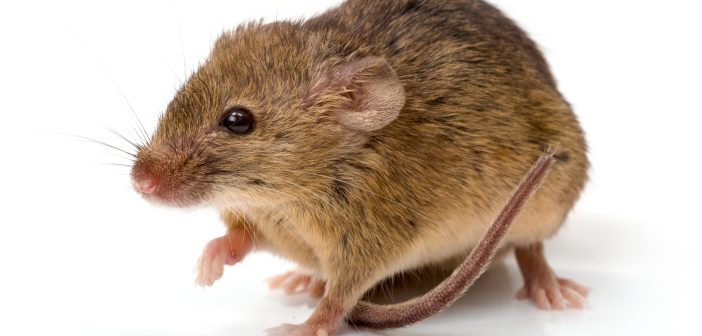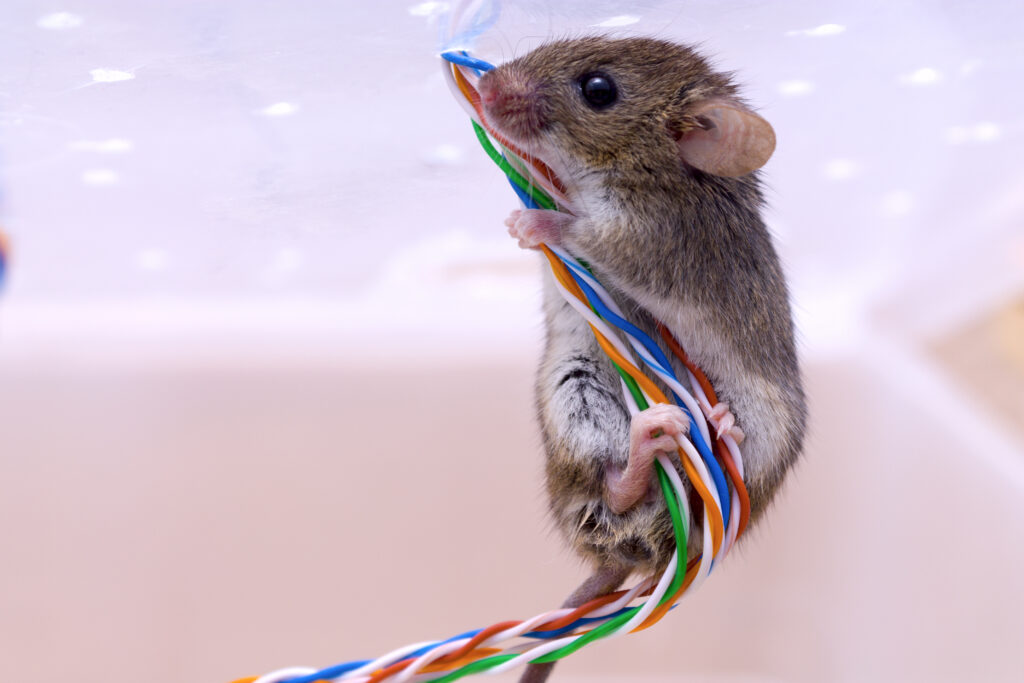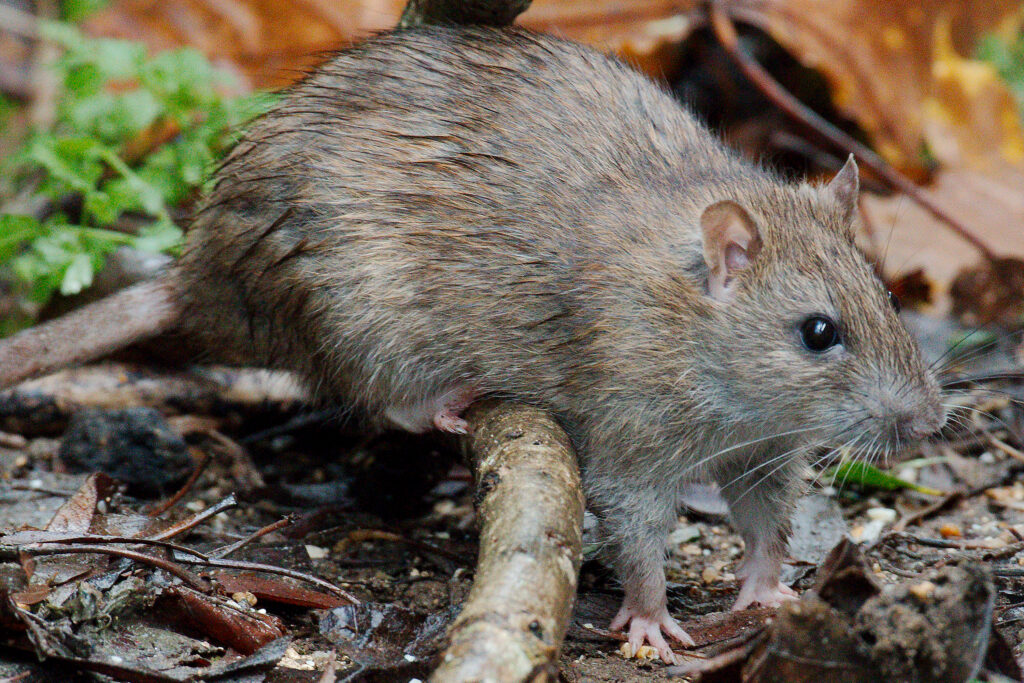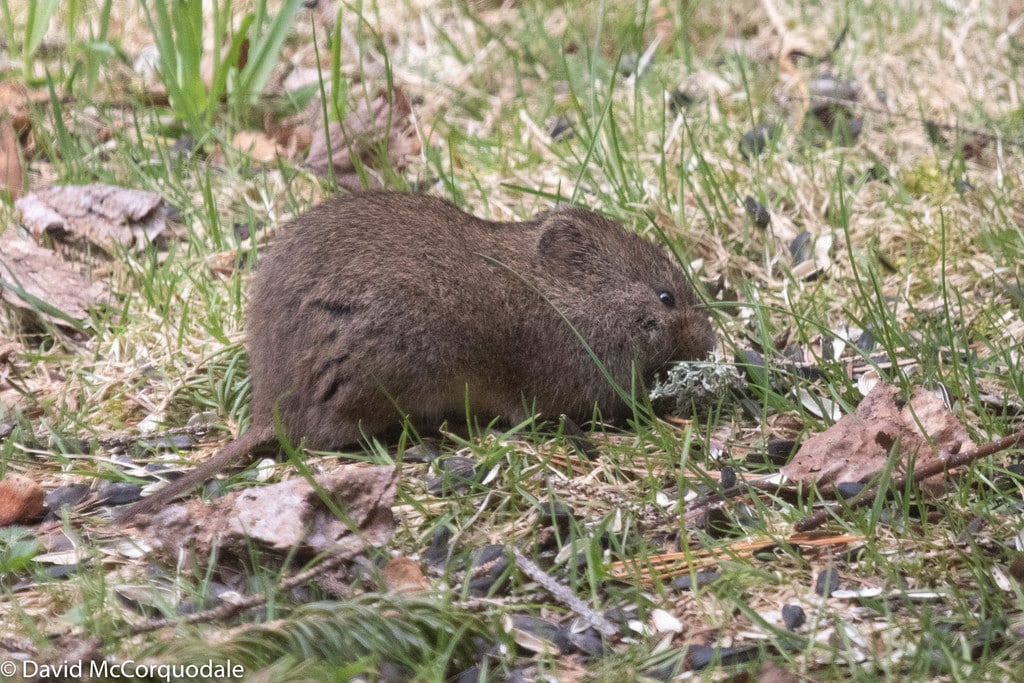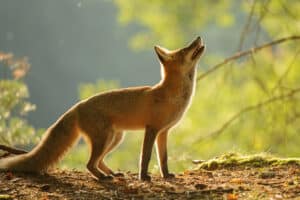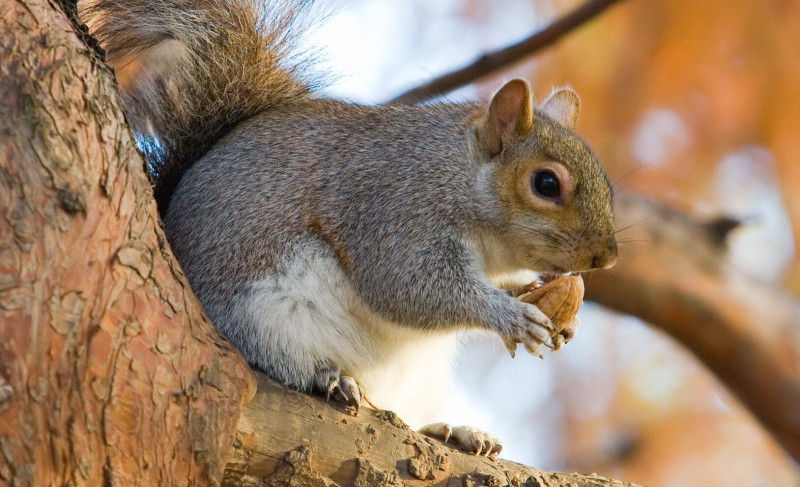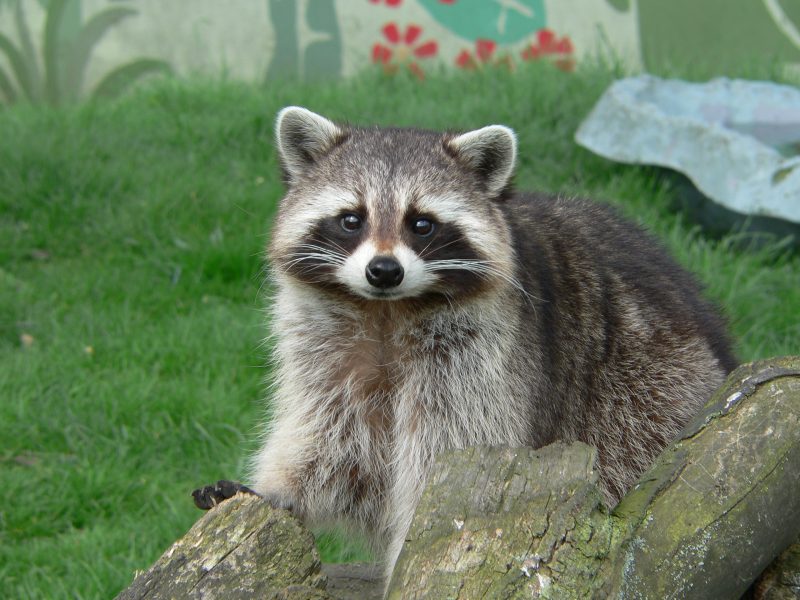Many small rodents superficially look alike, but there’s much diversity among them. Here are some differences that set mice, rats, voles, and shrews apart.
House Mouse, smart and agile
House Mice, Mus musculus, are athletes that can jump 12 inches (30 cm) high or 8 feet (2.4 m) down, run up vertical surfaces, squeeze through 0.25-inch (6.4 mm) holes, cling and walk upside down, and swim. And they’re smart. Their learning ability is more than just an awareness of cause and effect. They’re masters at finding their way through mazes and can be trained to perform tricks and tasks, even as a group. Scientists have now made lab mice even brainier. Watch out, world! More about House Mice
Field Mice: not what you might expect
The term “Field Mouse” is often used to describe outdoor-dwelling mice, but it’s not as simple as it sounds—more than sixty species in the genus Microtus fall under the category of field mice. However, there is one, and only one, official “Field Mouse,” and that’s the Meadow Vole, Microtus pennsylvanicus—not a mouse at all. These little fellows weigh about twice as much as House Mice. They’re more closely related to muskrats and lemmings than to mice. So, next time you spot a Field Mouse, remember you might be looking at a distant cousin of the mighty muskrat!
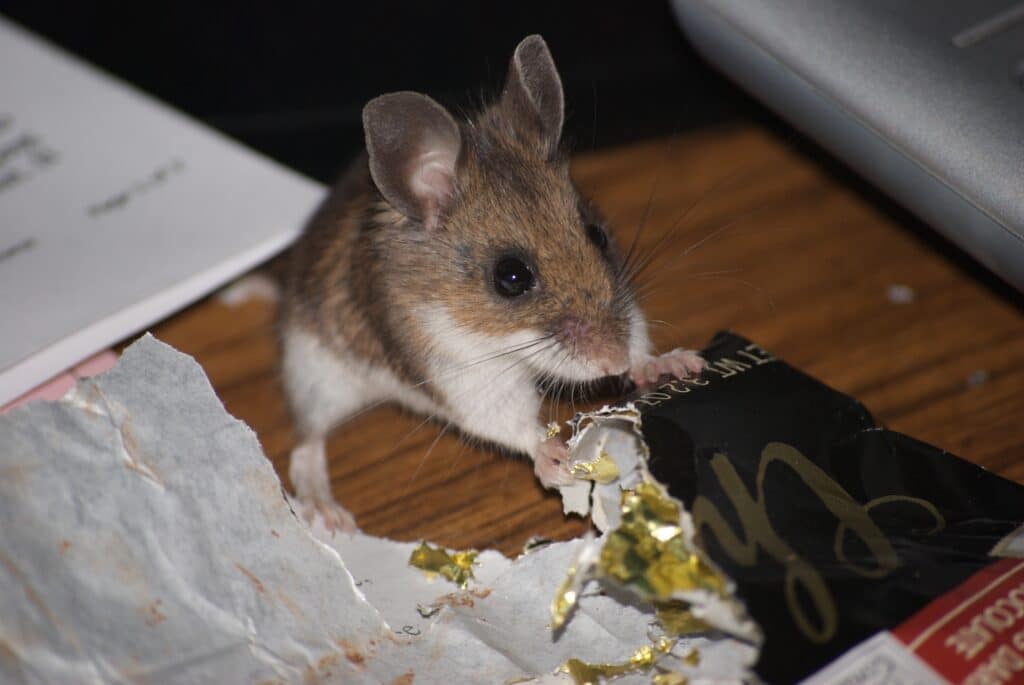
This Deer Mouse, Peromyscus spp., found its way indoors—and to some chocolate! (Colby Gutierrez-Kraybill / Flickr; CC BY 2.0)
Rats: cousins to mice
Rats are mice’s larger and heartier relatives. They can be 9 to 11 inches (23–28 cm) or more long, including tails. They have thicker, coarser fur, and their tails are scaly and longer in proportion to their bodies. These creatures are known for their resourcefulness and ability to adapt to various environments, whether urban alleys or outdoor landscapes.
Voles: not mice
Voles are often mistaken for mice due to their resemblance. However, they belong to a different subfamily, Arvicolinae, than mice. Voles sport short legs, short tails, small eyes, and small ears. They grow to be about 4 to 8 inches (10–20 cm) long, tail included. Voles make their homes in burrows with numerous exits and primarily feed on roots and bulbs, which can occasionally harm plants. Yet, they play a crucial role in soil nutrient dispersion and serve as prey for other wildlife, balancing the delicate web of nature.
Shrews
Shrews belong to the family Soricidae and are one of the smallest mammalian species, with sizes ranging from 1.2 to 4.7 inches (3–12 cm) in length. They have a long, pointed snout and tiny eyes, which are adapted to their burrowing lifestyle. Unlike mice and rats, shrews have sharp, spike-like teeth instead of the ever-growing incisors seen in rodents. Their bodies are more streamlined, lacking their rodent counterparts’ prominent ears and tails. They have an exceptionally high metabolism rate, and some species must eat their body weight in food every day to survive. They can starve to death within hours if they don’t eat.
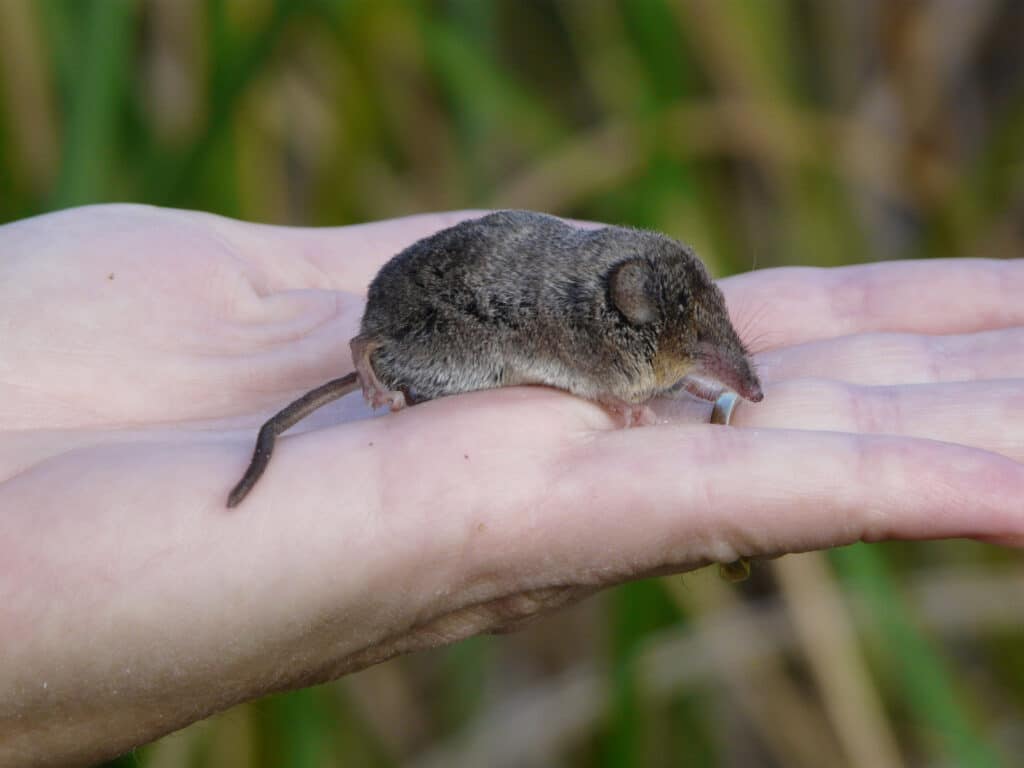
Buena Vista Lake Ornate Shrew, Sorex ornatus relictus (CSU Stanislaus / USFWS Pacific Southwest; CC BY 2.0)
In your yard: moles and shrews How to humanely remove wildlife from house

